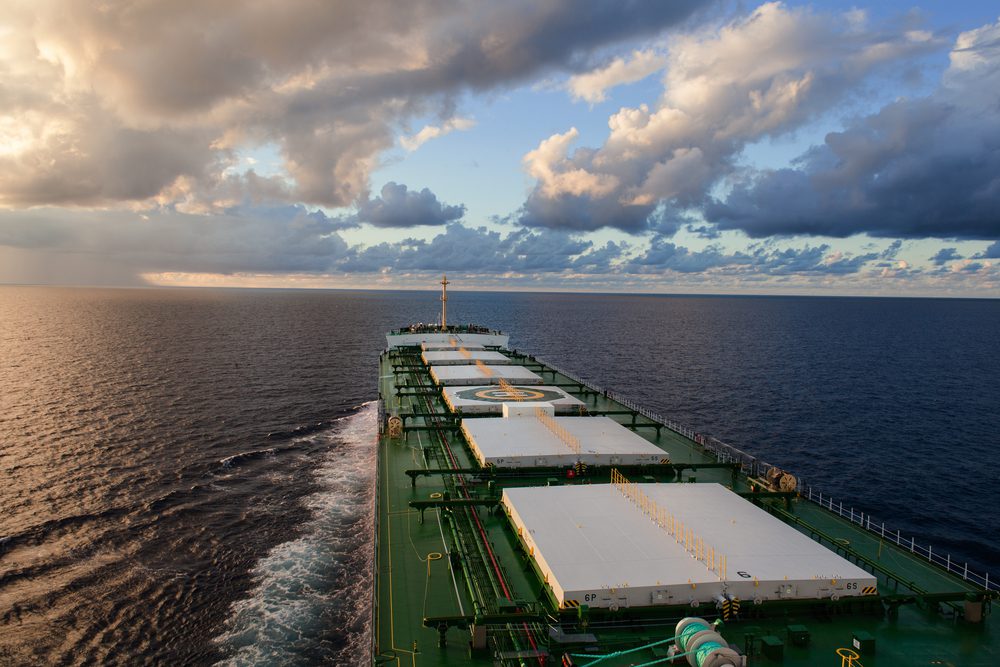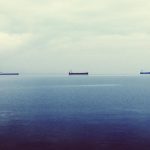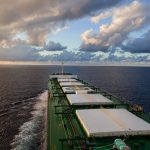U.S. President Donald Trump is escalating tensions over the Panama Canal, causing anxiety among shipping companies in our country. The Panama Canal is one of the most critical maritime trade routes in the world, and problems here would lead to a sharp increase in canal expenses.
On the 10th (local time), the shipping publication TradeWinds reported, citing a close aide to President Trump, that the claim of U.S. government-owned vessels passing through the Panama Canal for free has been retracted. The U.S. Department of State maintains its position of exempting tolls for government-owned vessels, including naval warships, while the Panama Canal Authority is responding to this.
In the shipping industry, it is believed that if U.S. government-owned vessels are allowed free passage through the Panama Canal, the expense for vessels from other countries will increase. This is because if U.S. naval warships do not pay the canal tolls, the Panama Canal Authority may raise the tolls for other vessels to cover reduced operating expenses. According to the Panamanian embassy in Cuba, the U.S. is reported to have paid a total of $25.4 million (approximately 36.7 billion won) for the passage of warships and submarines over the past 26 years.
There are alternatives to finding other routes instead of the Panama Canal, but they lack feasibility. The Panama Canal is an 80 km maritime gateway connecting the Atlantic and Pacific Oceans. The number of vessels using it in both directions is about 13,000 annually. The passage time through the canal takes about 8 to 10 hours, but without using it, vessels would have to return around the southern tip of South America, which takes more than 15 days. There are ways to cross Antarctica or travel overland, but considering the expenses and time, these options are difficult choices.
The 13,000 vessels using the Panama Canal account for 5 to 6 percent of global trade volume, with the most usage in 2023 being by the United States (71.8%), China (22.7%), Japan (14.5%), and South Korea (9.8%). The toll varies depending on the size of the vessel, type of cargo, and volume, with a maximum of $500,000 (approximately 700 million won) for cargo ships. The tolls can also significantly spike based on usage.
Last year, when drought limited the Panama Canal’s daily traffic from 31 vessels to 25, shipping rates surged. At that time, the high cargo volume made it possible to pass the price increase onto shippers. However, this year, with the tariff war initiated by Trump, if global trade volumes decline, it is unlikely that shipping rates can easily be shifted onto shippers.
Two of the five ports in the Panama Canal are managed by a subsidiary of Hong Kong-based CK Hutchison Holdings, and President Trump claims this as evidence that China operates the Panama Canal. Industry opinions suggest that the U.S. government’s claim of free passage through the Panama Canal serves as a negotiating card to control a strategic chokepoint. It is believed that the U.S. asserted its claim over the canal to gain an advantage in its geopolitical competition with China. The Center for Strategic and International Studies (CSIS) published a report in January stating that the Panama Canal holds significant strategic value for both the U.S. and China.
Source: CHOSUNBIZ





